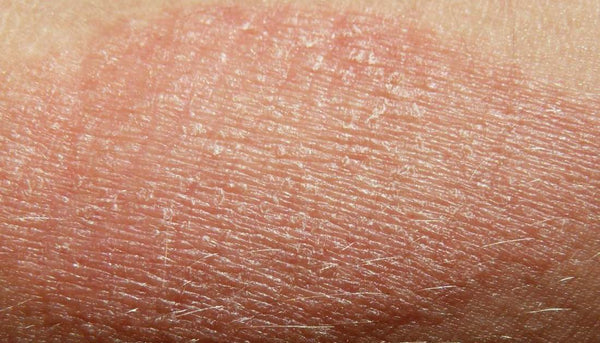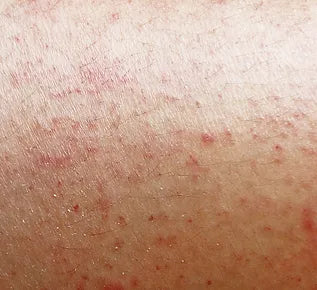Skin Types


Oily Skin Types
Just as we differentiate between healthy and unhealthy fats in our diet, skincare also categorizes oils as 'beneficial' or 'harmful.' For instance, ceramides are beneficial lipids that help maintain skin softness and strengthen its natural protective barrier. In contrast, sebum is an oil produced in the deeper layers of the skin that travels through the pores to the surface. While sebum is essential in moderation, excessive production can result in oily skin. When managing oily skin, it's important to find a balance by removing excess sebum without stripping away the beneficial oils your skin needs to remain healthy and hydrated.


Dry Skin Type
The term "dry skin" describes a skin type that produces less sebum than normal skin. This decreased oil production means that the skin lacks the essential lipids needed to retain moisture and maintain a strong protective barrier against environmental factors. Consequently, the skin’s natural barrier becomes compromised, making it more susceptible to irritation and sensitivity. Medically referred to as xerosis, dry skin can manifest in various forms, some of which may be subtle or difficult to recognize initially.


Combination Skin Type
Combination skin is the most common skin type and is characterized by the presence of both oily and dry areas on the face. While the pattern can vary, it typically features dryness across most areas, with excess oil production concentrated in the T-Zone, which includes the forehead, nose, inner cheeks, and chin. It's important to recognize that oiliness and dryness can occur simultaneously, as they affect different layers or regions of the skin. Therefore, a balanced skincare approach is essential to address both concerns effectively.


Normal Skin Type
Normal skin is quite rare, representing a perfect balance that is both delicate and essential. Achieving and maintaining this balance requires careful treatment. Like Goldilocks, you must select products that are not too rich or too astringent. While being in the middle of the scale is ideal, even a slight misstep can disrupt this delicate
equilibrium.


Sensitive Skin Type
Sensitive skin is more reactive to external stimuli than normal skin, often leading to discomfort such as burning, tightness, redness, or itching. This skin type has a compromised barrier function, making it more susceptible to irritants, allergens, and microorganisms. Consequently, there is a heightened risk of inflammation, allergic reactions, and skin infections. Sensitive skin requires extra care to manage dryness and rough texture, as well as to maintain its natural balance and appearance. In some cases, it may also be referred to as irritated skin due to its increased reactivity.
Finding Your Skin Type
This at-home test that allows you to understand what kind of skin you have by just observing how your skin behaves after cleansing. To start, wash your face with a gentle cleanser then gently pat it dry. If after 30 minutes your skin appears shiny throughout, you likely have oily skin; if it feels tight and is flaky or scaly, you likely have dry skin; if the shine is only in your T-Zone, you probably have combination skin; and if your skin feels hydrated and comfortable, but not oily, you likely have normal skin.



